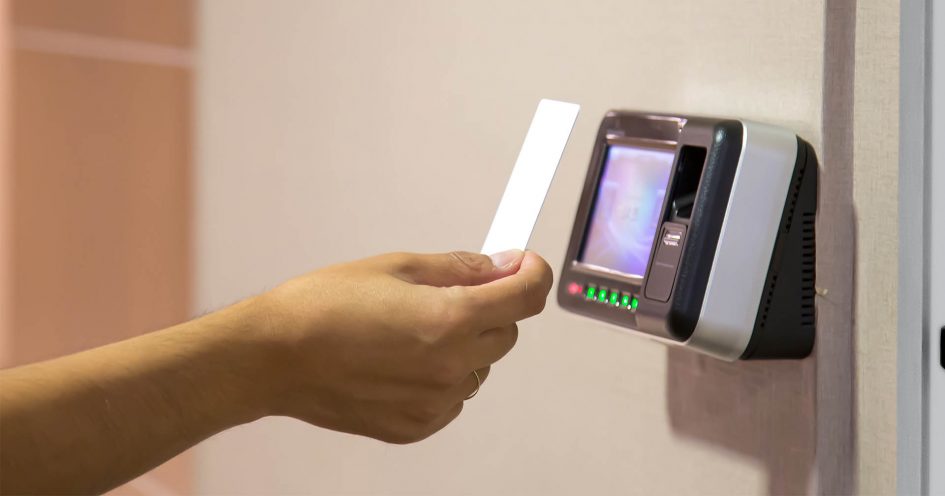FAQ
What RFID means?
RFID is an abbreviation of Radio Frequency Identification.
RFID is promising modern technology based on remote data transfer via RFID tag, special small plate that is easily integrated into the products, animals and even humans. The purpose of RFID is tracking and identification using radio waves.
The first implementation of the RFID is connected to the military industry. During the World War II it was used to identify an aircraft as a friend or foe.
Today, the RFID is implemented in almost every sector of economy and unprofitable activities. Companies use RFID tag to monitor and track their asset, employees’ working hours, for access control in restricted areas, moving vehicle identification, fare collection system in public transport, booking and ticketing for various events and facilities (sport, culture, entertainment), records of students visiting the classes, library records, domestic animals identification, identification of winners on athletic contests etc.
Imagination of the RFID system designers is the only limit for its deployment.
What makes the RFID system?
The RFID system consists of several components.
The core of the system is an RFID tag comprised of the chip (data storage) and antenna (emission and reception of the data using the radio waves). Each RFID tag has unique, fixed identification number written in during the production process. The RFID tag is built into the carrier – transponder, which comes in different shapes, depending on the use. The most common transponder is a smart card. Besides it, the transponder can be shaped as smart label, bracelet, etc. At the other hand there is a RFID reader, a device that detects RFID tags within its range and read the data from the chip’s memory. A part of the system is a controller – the computer that hosts a software application and a data base of RFID tags, readers and rules for commanding.
Which are the main advantages of the RFID system comparing to the bar code system?
Earlier mainly applied, systems with a bar code and a magnetic stripe are overcome technological solutions. Modern alternative to them are the RFID systems that have many advantages compared to the previously mentioned.
Within the RFID system, identification is done based on the unique number inscribed on the tag. In order for this number to be read there is no need of visibility to exists between the reader and transponder. An employee may keep his/her RFID card inside of the wallet and may perform the identification on the reader without pulling the card out. He/she just has to place the purse in front of the reader, and it will read the data. In contrast, the bar code may be detected and read only when it is at the open with no obstacles between it and the reader.
The RFID reader can read the data from the several tags simultaneously assuming they are within the range, while bar code reads detects one bar code at the time.
Bar code is usually printed on the paper or plastic film which can be easily damaged. On the other hand, the RFID transponder is made of resistant material suitable for long-term usage.
Identity of the bar code is visible to the naked eye and therefore simple to copy. The identity of the RFID tag is not suitable for copying which contributes to the level of protection from forgery and malpractice.
The RFID tag has additional functions. Thanks to the memory of the chip incorporated into the RFID tag, transporter is also storage for various data.


